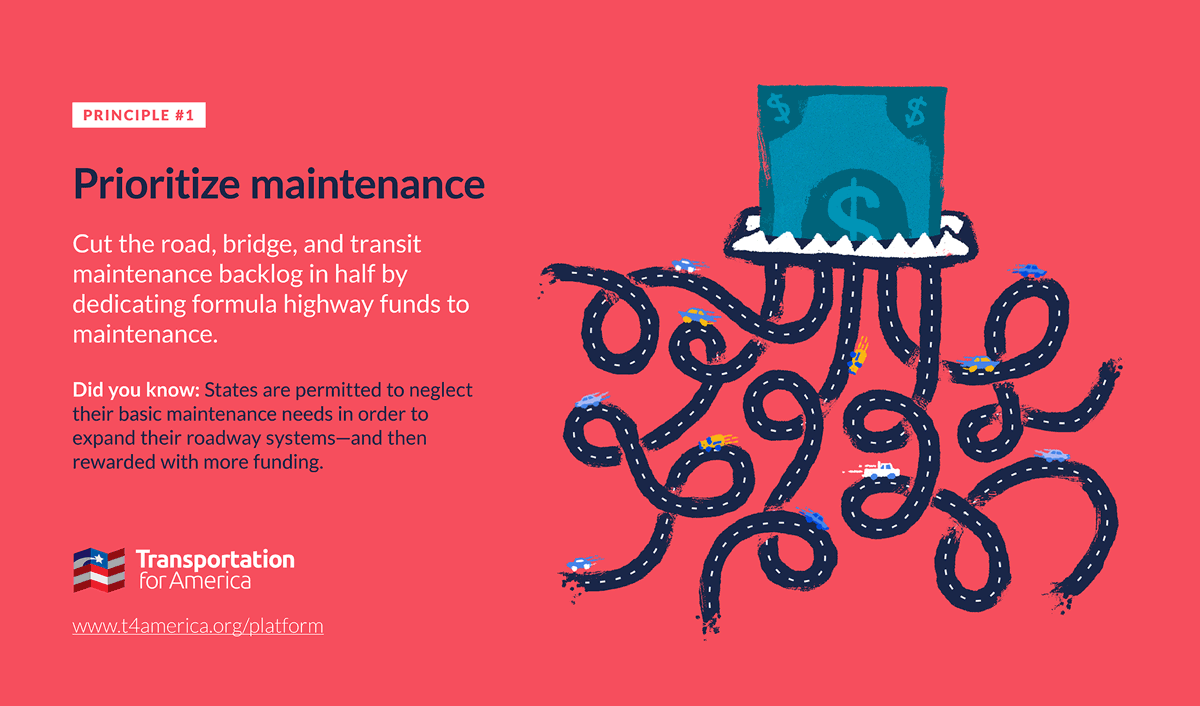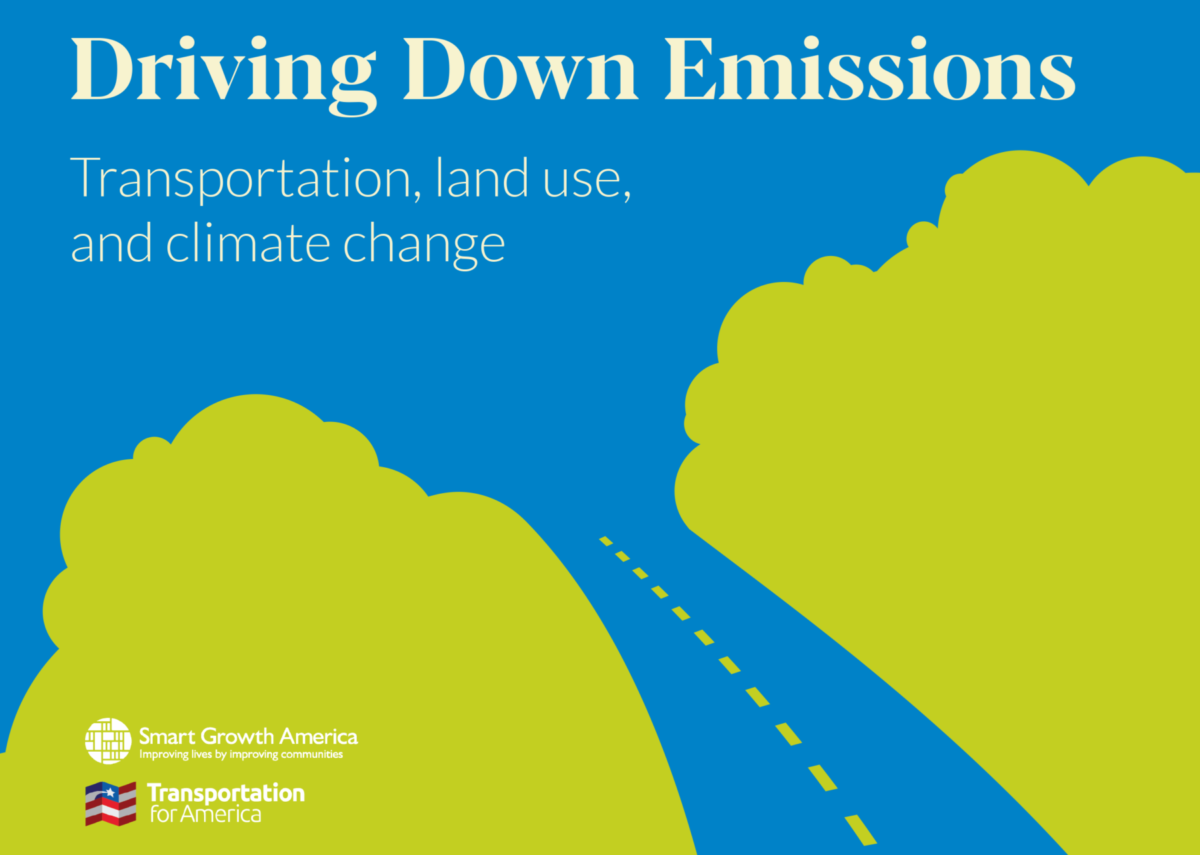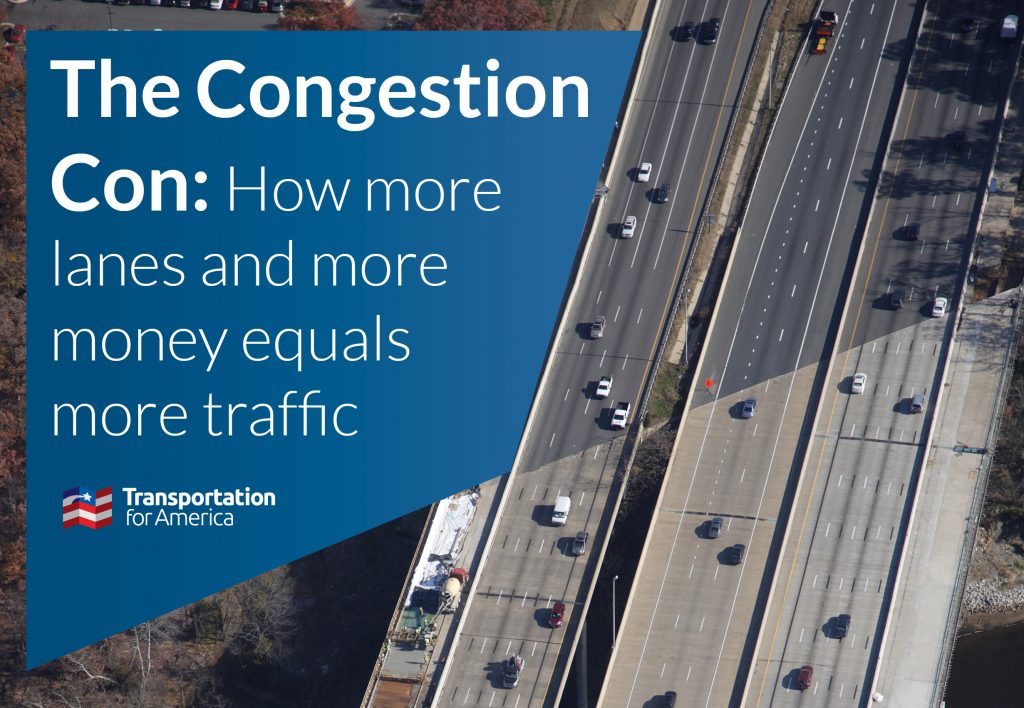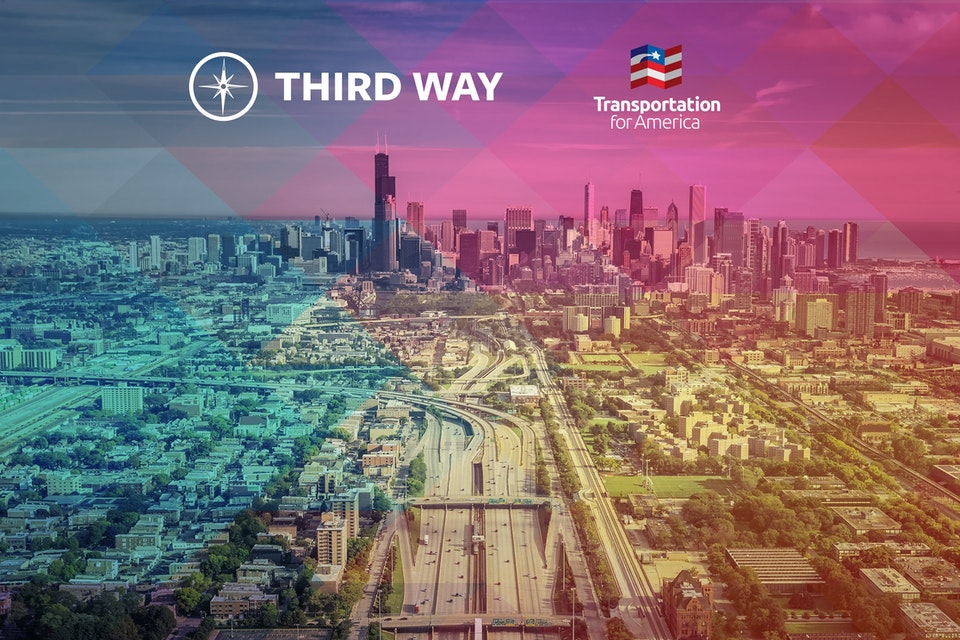Posts Tagged "Raleigh"
Billions in transit measures approved Tuesday — unpacking the 2016 election results
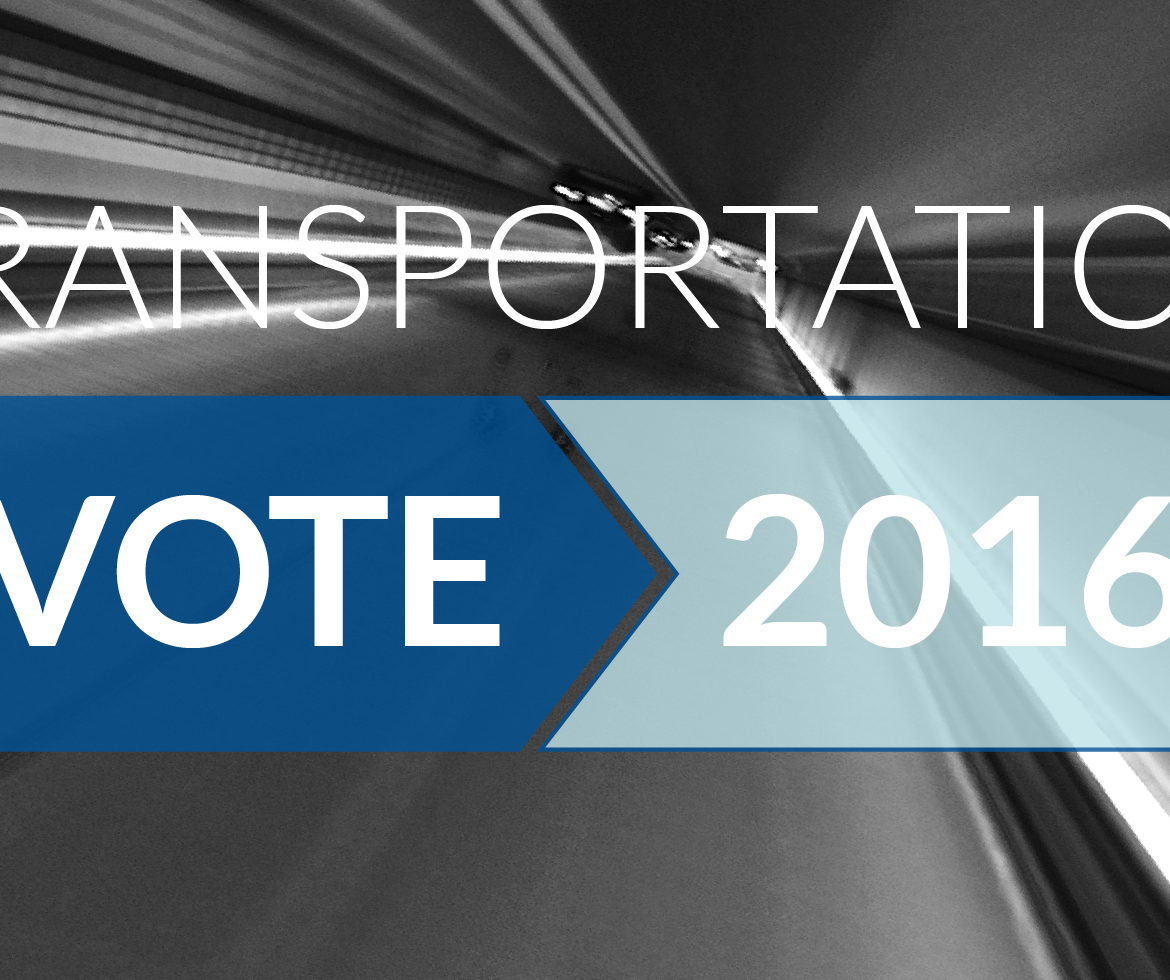
Though we’ll be waiting to see where the federal chips land with President-elect Donald Trump’s incoming administration and the congressional committee changes, Tuesday night’s biggest transportation news was the fact that local voters across the country approved scores of ballot measures that raise new local money for transportation improvements.
Local leaders build momentum for transit investments in Wake County, NC
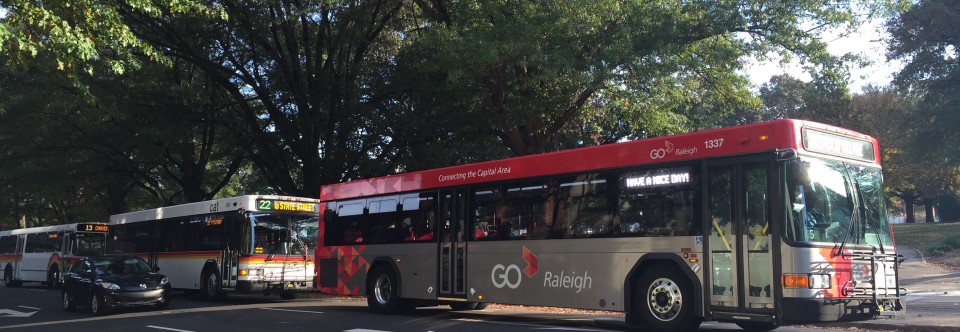
Leaders in Wake County, NC – including participants of T4America’s Transportation Innovation Academy co-hosted last year with TransitCenter – are building support for transit ahead of a November ballot referendum.
Spokane is one of a growing slate of cities considering transit ballot measures to help stay competitive and successful
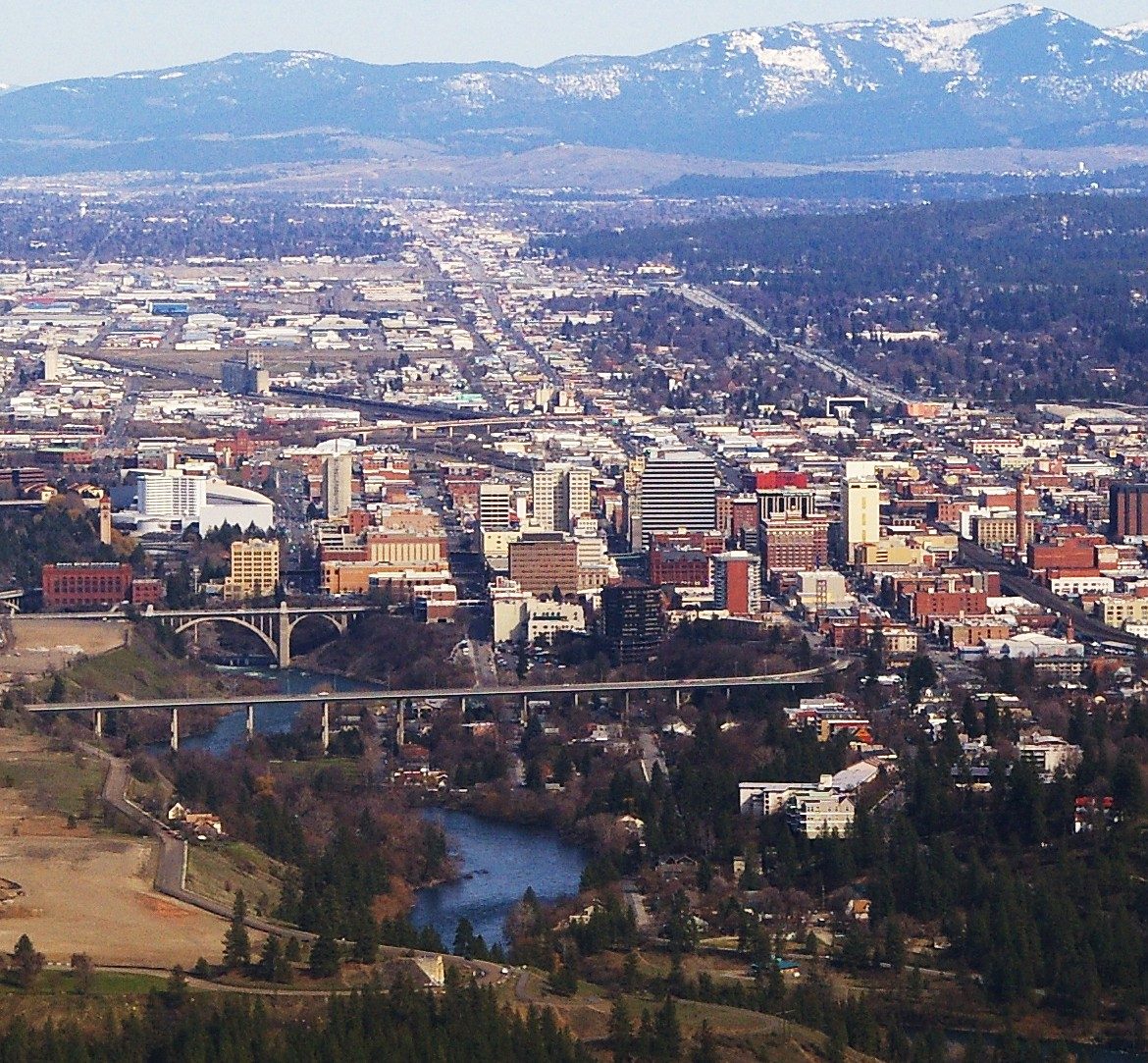
With a ballot measure for transit looming this fall, T4America Chairman John Robert Smith traveled to Spokane, WA to speak to city officials, business leaders, and other community stakeholders about the long-term economic and social benefits of public transit investments.
Update: North Carolina legislature adjourns without addressing political meddling in transportation selection process
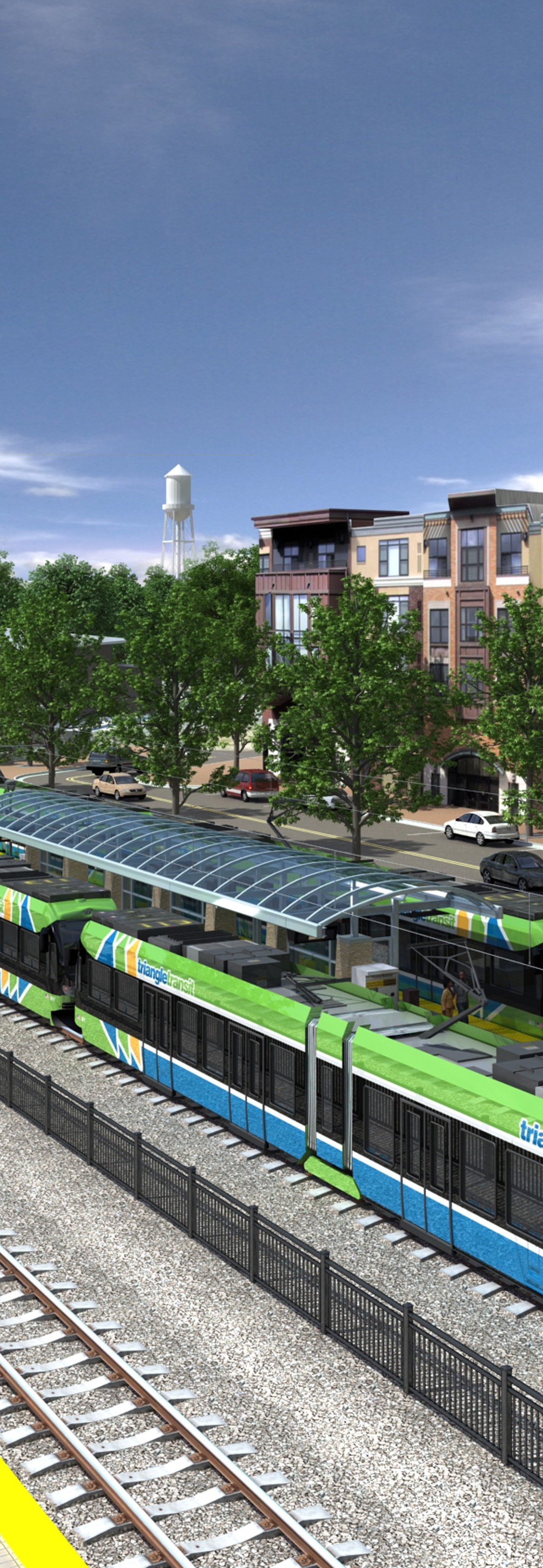
The NC legislature adjourned their session without fixing a damaging cap on state funds intended for a Triangle area light rail project. Their widely decried actions circumvented a new bipartisan state process for evaluating transportation projects on the merits and awarding state funds to the best projects, intended to be free from political meddling.
Politicians meddling with North Carolina’s shift to a merit-based process for choosing transportation projects

Just two years after instituting a new process to choose transportation projects based on merit and award funds in a more transparent process intended to be free of political interference, a handful of North Carolina legislators reinserted politics back into the process in an attempt to stop a light rail project in the Raleigh-Durham metro area.
City leaders from Indy, Raleigh and Nashville get inspired by the secrets to Denver’s transit success
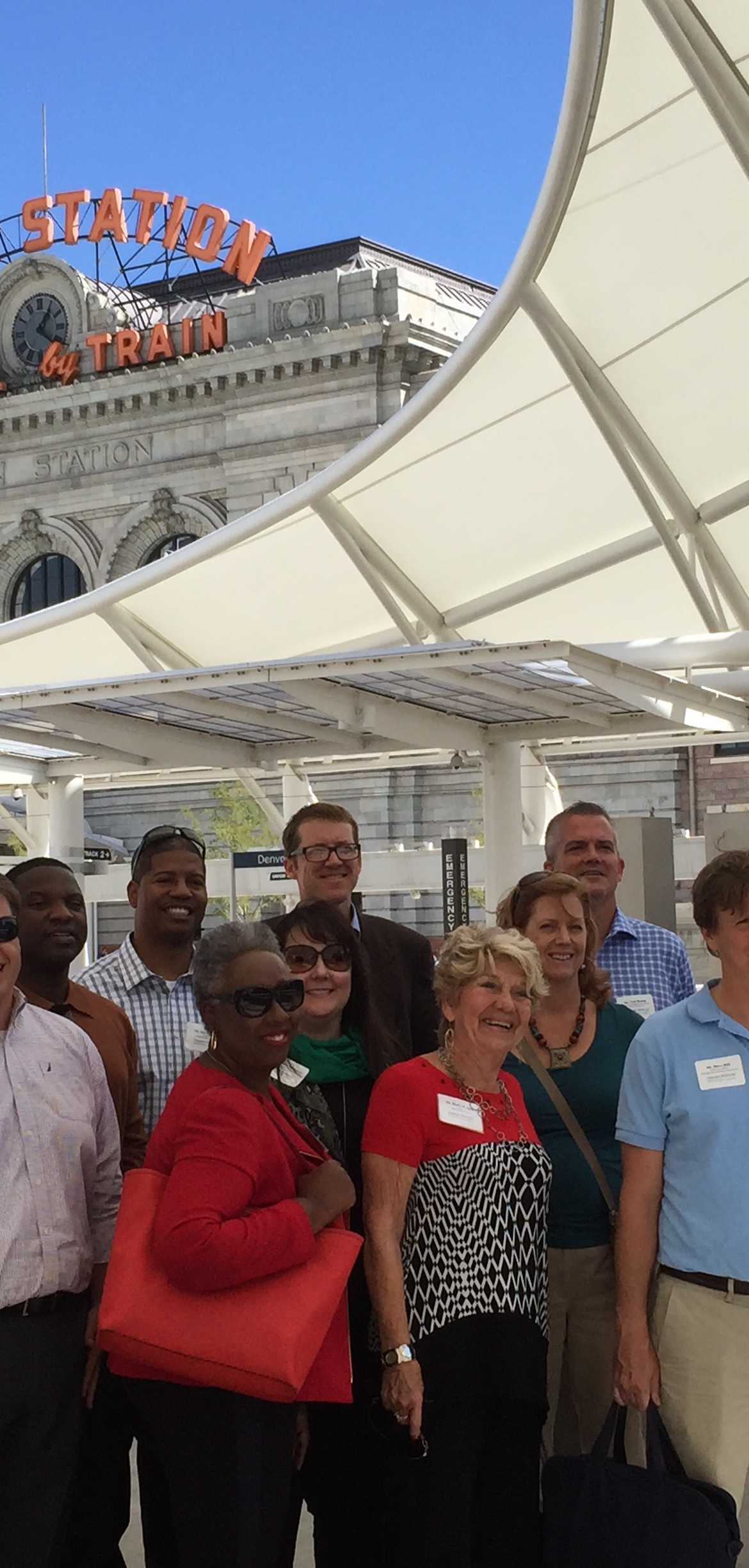
Delegations of city leaders from Nashville, Raleigh and Indianapolis wrapped up the latest two-day Transportation Innovation Academy workshop in Denver last week, where they learned firsthand about the years of hard work that went into Denver’s economic development plan to vastly expand the city’s transportation options, including new buses, light rail and commuter rail.
Will Congress reward the ambitious places that are seizing their future with both hands?
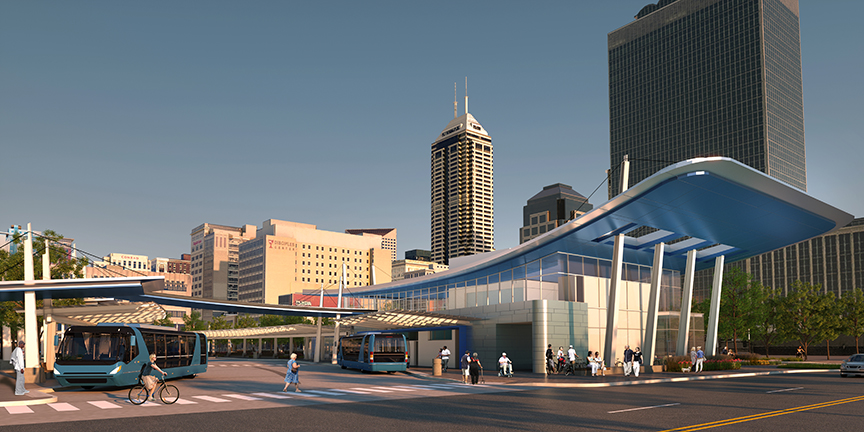
The three mid-sized regions participating in this week’s Transportation Innovation Academy in Indianapolis are a refreshing reminder that local communities – particularly a growing wave of mid-size cities — are seizing their future with both hands and planning to tax themselves to help make ambitious transportation plans a reality. Yet even the most ambitious cities can’t do it alone, and if Congress fails to find a way to put the nation’s transportation fund on stable footing, it will jeopardize even the most homegrown, can-do plans to stay economically competitive.
Ongoing training academy brings together key leaders from three ambitious regions
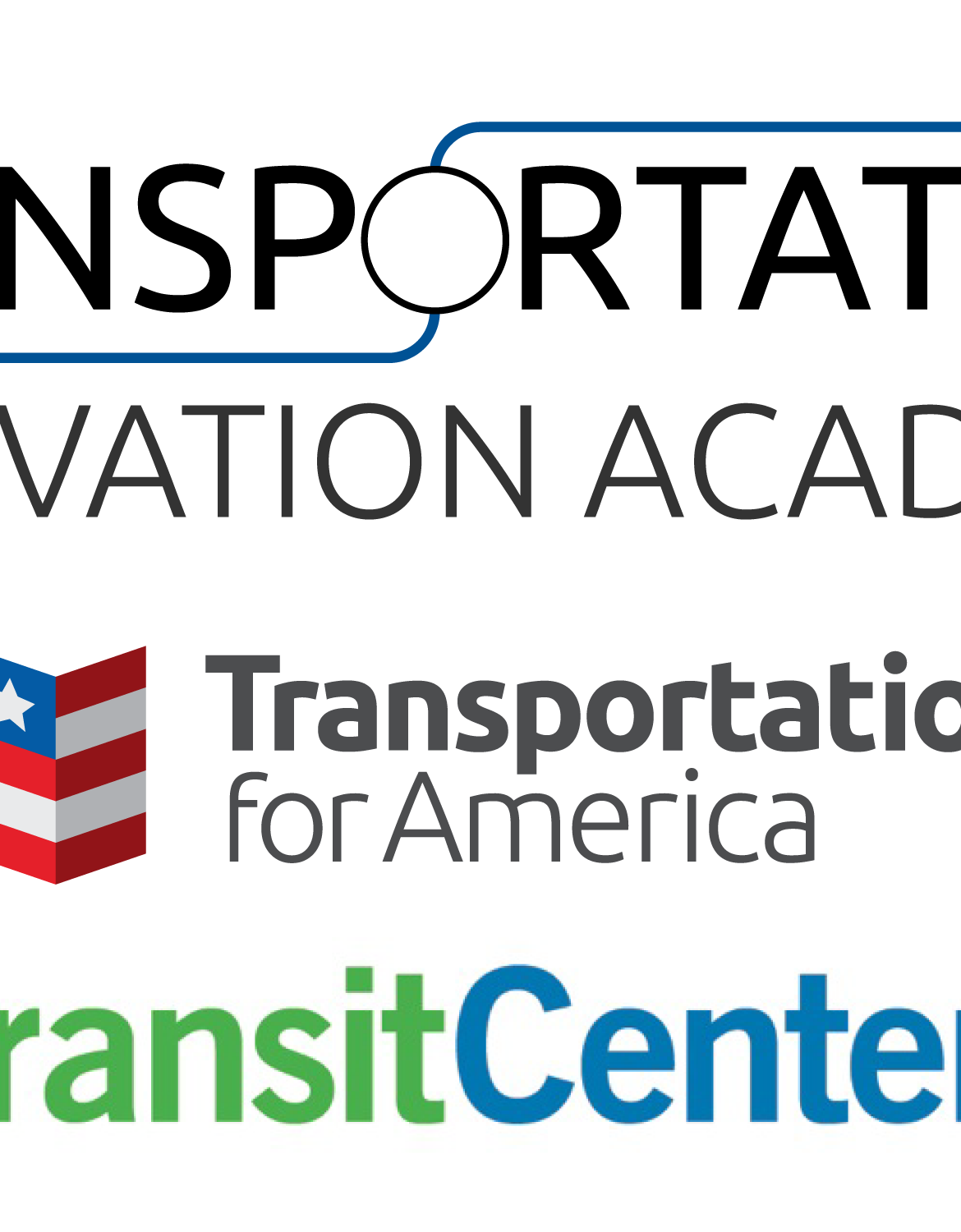
Twenty-one local leaders representing three regions with ambitious plans to invest in public transportation will be reuniting in Indianapolis this week to continue the first yearlong Transportation Innovation Academy, sponsored by T4America and TransitCenter.
New training academy brings together key leaders from three ambitious regions

Twenty-one local leaders representing three regions with ambitious plans to invest in public transportation gathered today in Raleigh, NC, to kick off the first yearlong Transportation Innovation Academy, sponsored by T4America and TransitCenter.
15 issues to watch in ’15, Part II: Places
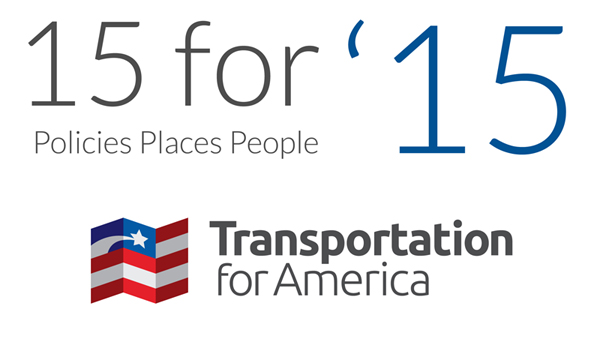
It’s a challenge to craft a list of only five states, regions and cities that have important or notable things happening this year. Whether states attempting to raise transportation revenue this year, states changing key policies and continuing to innovate how they choose or build transportation projects, or local communities going to voters to raise money for new projects, there’s no shortage of places worth watching this year. Here are five that rose to the top, but tell us what you think we missed, in your area or elsewhere.
A stirring persuasion for deciding to vote for transit: seeing it built next door
 One of the most powerful avenues for persuading a skeptical community to invest in transit is to see it successfully implemented nearby — whether in the community or neighborhood right next door, or a city and region a few hours away. This trend is illustrated in two of this year’s Transportation Vote 2012 ballot measures through two very different stories in Virginia and North Carolina.
One of the most powerful avenues for persuading a skeptical community to invest in transit is to see it successfully implemented nearby — whether in the community or neighborhood right next door, or a city and region a few hours away. This trend is illustrated in two of this year’s Transportation Vote 2012 ballot measures through two very different stories in Virginia and North Carolina.





